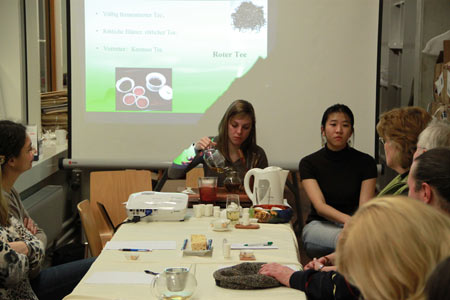| Home > China Feature |
Chinese Magic
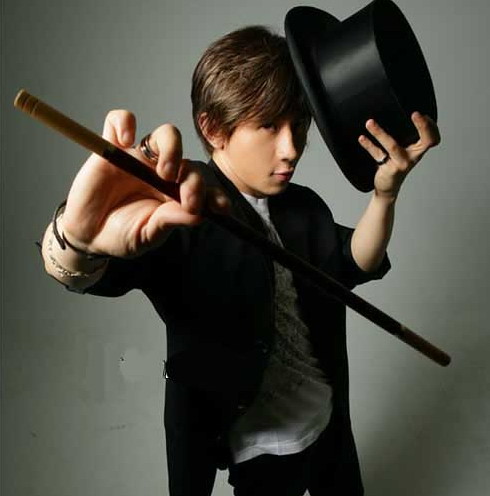 |
|
Chinese big magic star of the moment: Liu Qian |
Magic defies the rules of nature and physics. During the 2009 CCTV Spring Festival gala, magician Liu Qian managed to drop a coin into a glass placed upside down and transformed a finger ring into an intact egg, under the close and watchful eyes of the studio audience, leaving tens of thousands of viewers mesmerized by his showmanship.
The mind-blowing performance has set off an enthusiasm of magic all over the country. However, people seldom know that more than 3600 years ago, the history of magic in China was already underway.
In China, magic goes back many years and has evolved from superstitious wizardry into a technologically inspired, sophisticated art form.
Ancient Chinese magic made its appearance as early as 1600 BC, and was closely associated with divination and wizardry, according to Biographies of Exemplary Women (Lie Nu Zhuan) by Liu Xiang, the renowned historian of the Han Dynasty (206 BC- AD220).
In 108 BC, Liu Che, emperor of the Western Han Dynasty, gathered more than a hundred acrobats and magicians in the imperial palace and hosted the biggest magic show in history. Zhang Heng's Western Metropolis Rhapsody (Xi Jing Fu) records that Duke Huang of the Eastern Sea (Donghai Huanggong), a showman and magician, did knife-swallowing and fire-spitting shows at this gathering.
Magic continued to thrive in the Tang Dynasty (AD 618-907) and began to branch off into separate fields in the Song Dynasty (960-1279). Some traditional Chinese tricks such as "Immortal Plants Bean" and "Ancient Color Trick" marked the start of international recognition for Chinese magic.
In the late Qing Dynasty (1644-1911), there were many cultural exchanges between China and the West. The first generation of modern Chinese magicians like Ching Ling Foo (Zhu Liankui), Han Pingchien and Mu Wenqing went abroad to perform and also learned to incorporate foreign stunts into traditional tricks.
The later generation of magic practitioners, headed by Zhang Huichong, furthered the hybrid form of magic acts by infusing traditional Chinese magic into Western-style illusion acts.
After China's reform and opening-up in the late 1970s, magicians from abroad began visiting China more frequently. In 1980, Marc Wilson from the United States became the first magician to perform on the Chinese mainland since the founding of New China in 1949. In 2002, David Copperfield caused a stir with his performances of walking through the Great Wall.
And now, Liu Qian has created a sensation with his phenomenal close-up performances and exposed Chinese audiences to a new, refreshing and delightful art form.
China's outstanding wizards
Ching Ling Foo (1854-1922)
A master who was the first true Oriental magician to achieve world fame. He is credited with inventing the magic can called Foo Can and is also said to be the inspiration for many other magicians.
Han Ping Chien (1891-1930)
A stage magician who achieved his greatest success touring the United States and Europe in the first two decades of the 1900s. Credited with inventing the Han Bing Qian coin trick.
Zhang Huichong (1898-1962)
A modern magician, inspired by his European counterpart Horace Goldin (inventor of the "sawing a woman in half" illusion). He is credited with the hybrid form of magic acts that combine traditional Chinese tricks with Western stunts.
Li Ning, 34
A star magician, renowned for his Huang Shan trickery that no one else can perform.
Liu Qian, 33
China's foremost close-up magician who has won numerous prizes including the Neil Foster-Bill Baird Award for Excellence in Manipulation, one of the highest honors in the field.
Qin Mingxiao, 64 and Yao Jinfen, 60
A well-known magician couple renowned for their grand performances and breakthroughs to traditional acrobatics.
Art
 more
moreSculpture in Qianling Mausoleum
The sculpture of Qianling Mausoleum is the main relic of the ground ...
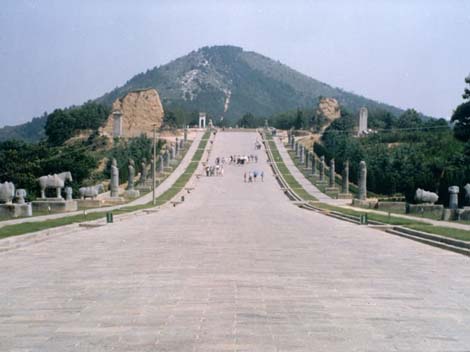
A Sweet Art:Sugar Painting
In and around China’s southwestern Sichuan Province, it is usual to ...
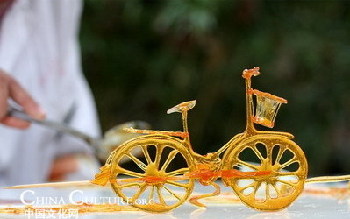
Chinese Treasure Displayed at Sha...
There are four treasures of the Chu Minority Culture displayed at th...
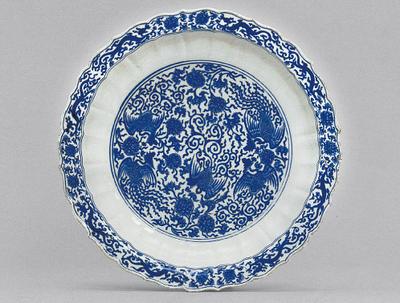
Custom
 more
moreWeb Dictionary
Martial Arts
12 Excellent Kung Fu Movies in 2010 You Shouldn'...
Martial Arts film can be artful and stunningly beautiful, and they...
Shaolin Monks Perform Martial Art in Moscow
A monk from China's Shaolin Temple performs Shaolin mar...
Chinese Kungfu Films Ready for the New Year seas...
The two Chinese blockbusters Let the Bullets Fly and If You Are th...





 print
print  email
email  Favorite
Favorite  Transtlate
Transtlate 